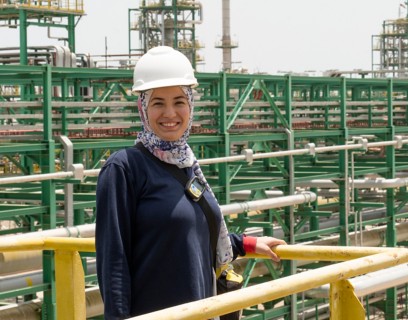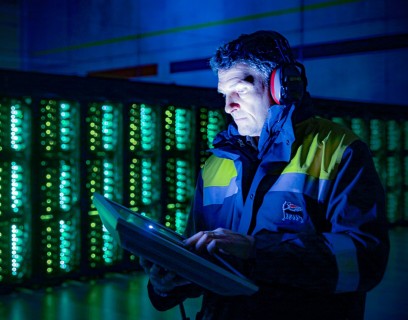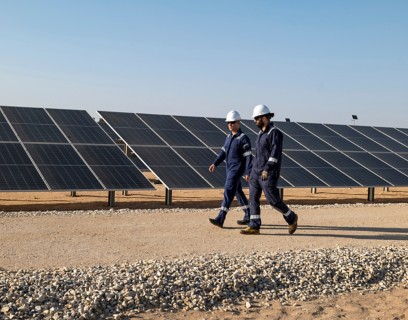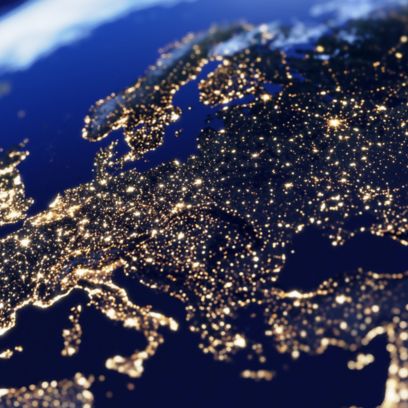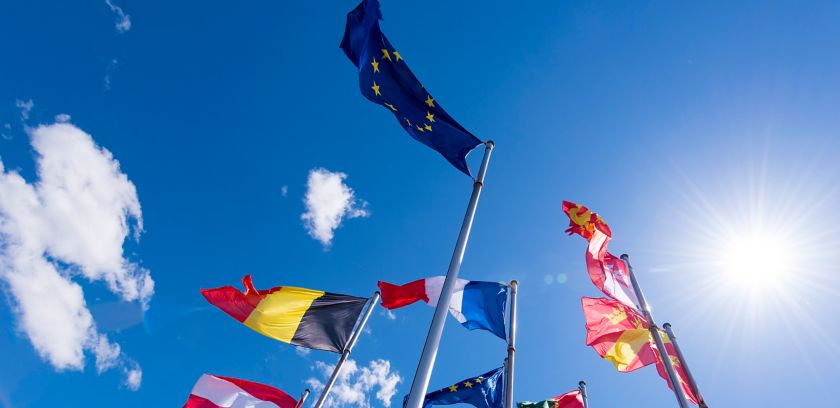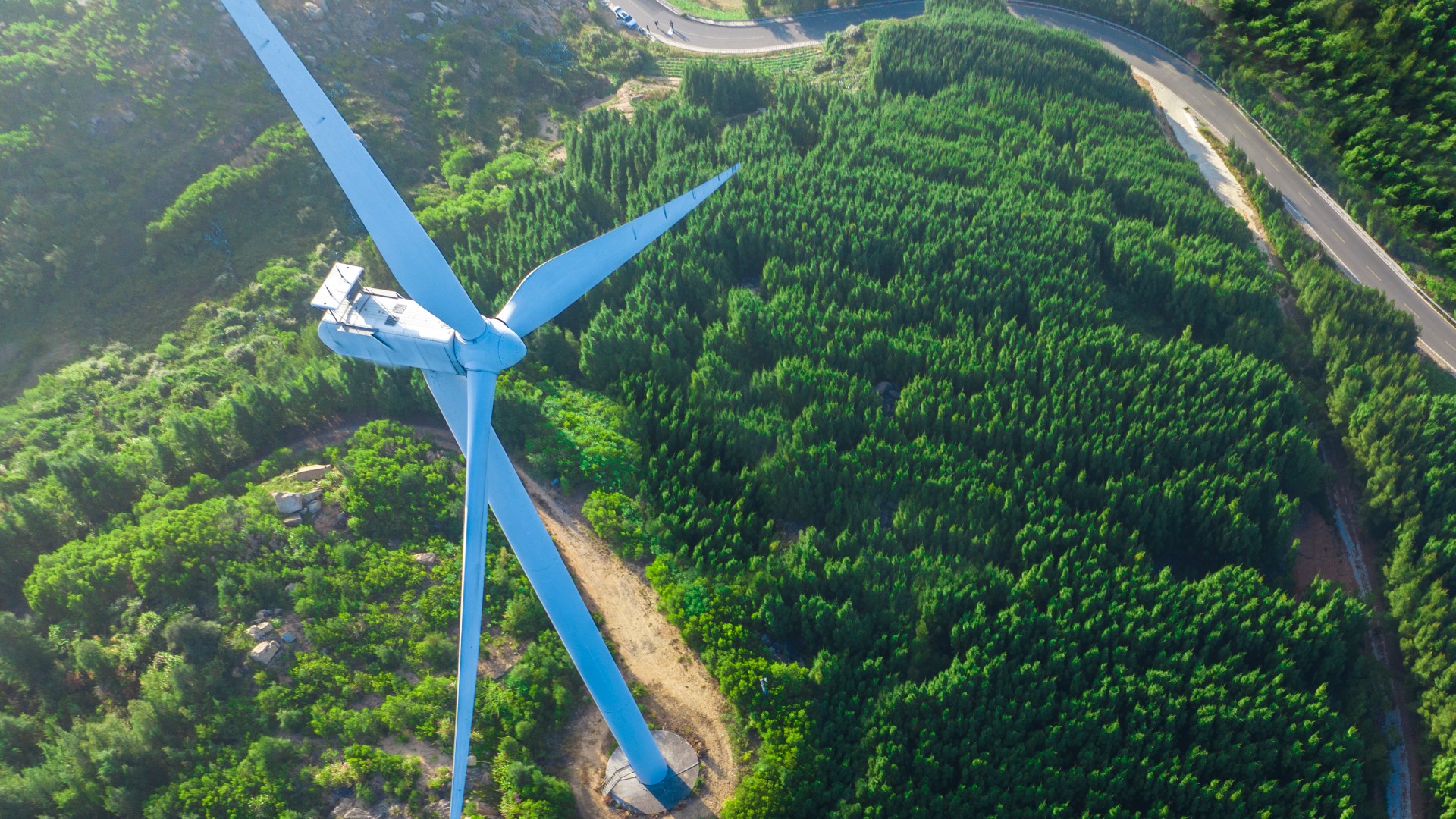
Steps towards the Net Zero goal
We have embarked on an industrial transformation involving all business lines to decarbonize the entire company. To this end, we invest in researching, developing, and implementing transition technologies. Our approach aims to help solve what the World Energy Council refers to as the energy trilemma by simultaneously striving to ensure environmental sustainability, supply security, and energy affordability. To this end, we diversify our sources from a geographical and technological standpoint to ensure efficient, safe, sustainable and affordable energy for an increasing number of people. While aiming for carbon neutrality by 2050, our decarbonization strategy defines medium- to long-term emission targets and business objectives. The process consists of a series of intermediate targets that first envisage zero net emissions (Scope 1+2) from the upstream business by 2030 and from all other business lines by 2035, then zero net emissions, including all GHG Scope 1, 2, and 3 emissions both in absolute terms and in terms of intensity, by 2050. Our growth and transformation plans involve the entire value chain. We align all our plans and investments to our strategy to achieve a fully decarbonized product portfolio.
NET GHG LIFECYCLE EMISSIONS (scope 1+2+3)


Target of carbon neutrality by 2050

SCOPE 1
Direct emissions, attributable to Eni’s production facilities.

SCOPE 2
Indirect emissions from power, heat, and steam generation, purchased from other energy companies and consumed by Eni’s production facilities.

SCOPE 3
Indirect emissions produced throughout Eni’s product value chain, upstream and downstream of the company’s operations (e.g. suppliers and clients).
The strategy to achieve Net Zero
We envisage the optimisation and enhancement of the Oil & Gas portfolio through its progressive reduction of emissions, expansion into renewable energy and the circular economy, and provision of new energy solutions and services. The plan is supported by cross-cutting activities that seek to optimise existing solutions and develop breakthrough innovations to accelerate the process.
2023 performance and main decarbonization targets


Business levers
How we will achieve carbon neutrality
Eni's strategy towards Net Zero is a collaborative effort involving several actions. On the one hand, it focuses on decarbonizing our own operations (reducing Scope 1+2 emissions). On the other hand, it accelerates the decarbonization of the value chain, with a particular emphasis on consumers through the supply of low- and zero-carbon products (reducing Scope 3 emissions).
The achievement of the Net Zero target to 2050 for all Scope 1+2+3 emissions is supported by an approach involving the entire value chain. This approach envisions optimizing our upstream portfolio through progressive decarbonization, combined with the growth of bio, renewable, and circular economy businesses. We are also focusing on new energy solutions and services. For upstream, hydrocarbon production will target a progressive increase in the gas component (including condensates, from 2024), reaching more than 60% by 2030 and more than 90% after 2040. The increased gas component will also impact the midstream gas portfolio (transportation and marketing), which will see an increasing integration with equity projects. The development of biofuels will contribute to the decarbonization of transportation and provide an opportunity to convert the current conventional refining capacity. CO2 capture, storage, and utilization (CCUS) projects will have a complementary function in reducing the hard-to-abate residual emissions with existing technologies. Finally, compensation of residual emissions through offsets, mainly from Natural Climate Solutions, will be used to achieve net zero by 2050. The speed of the evolution of this transformation and the relative contribution of businesses will depend on several variables, including market trends, the scientific-technological scenario, and relevant regulations.
Main decarbonization levers


Investment in low- and zero-carbon activities
We anticipate investments dedicated to low- and zero-carbon activities reaching 30% of total investments in 2024-2027.
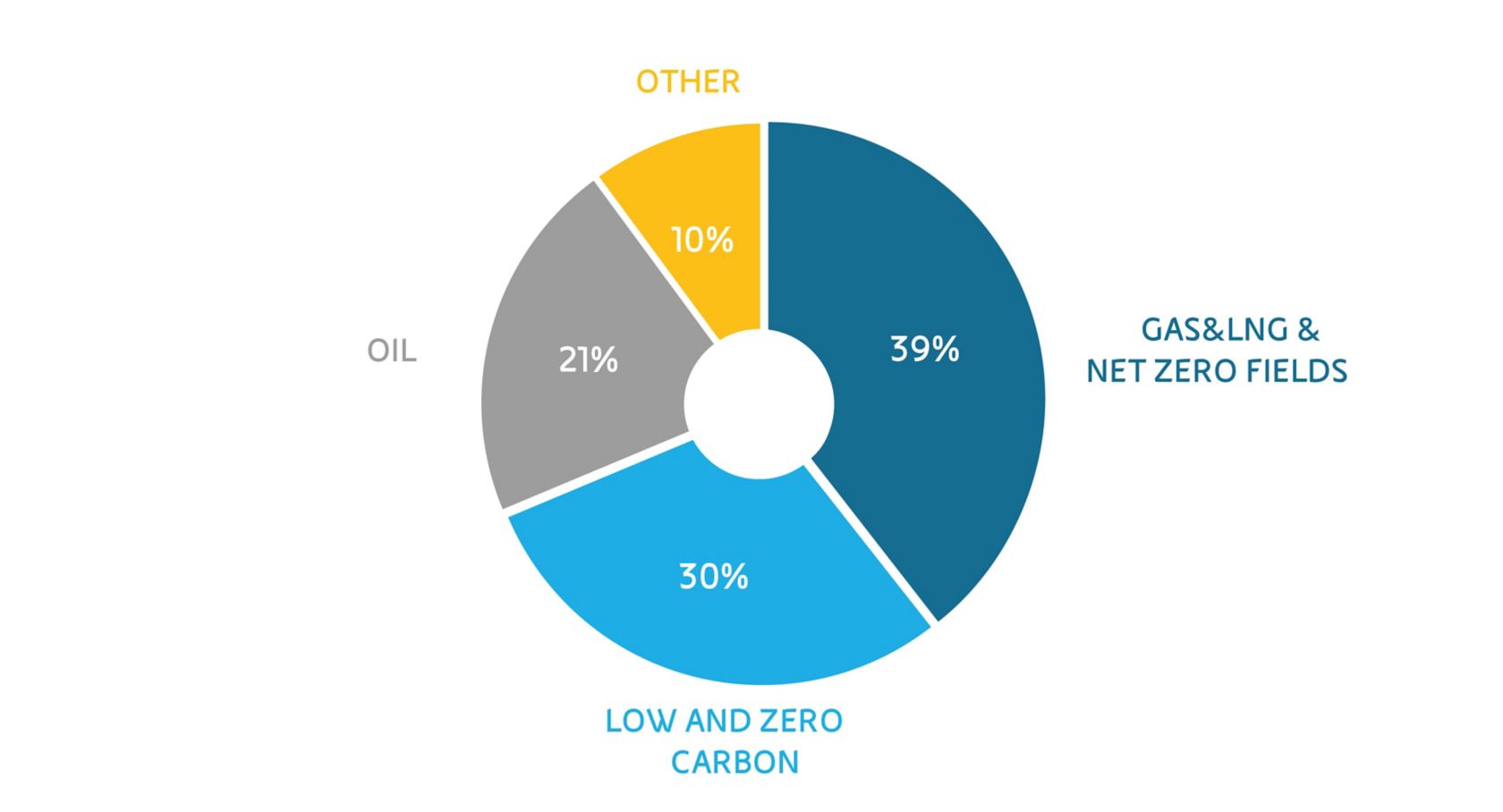
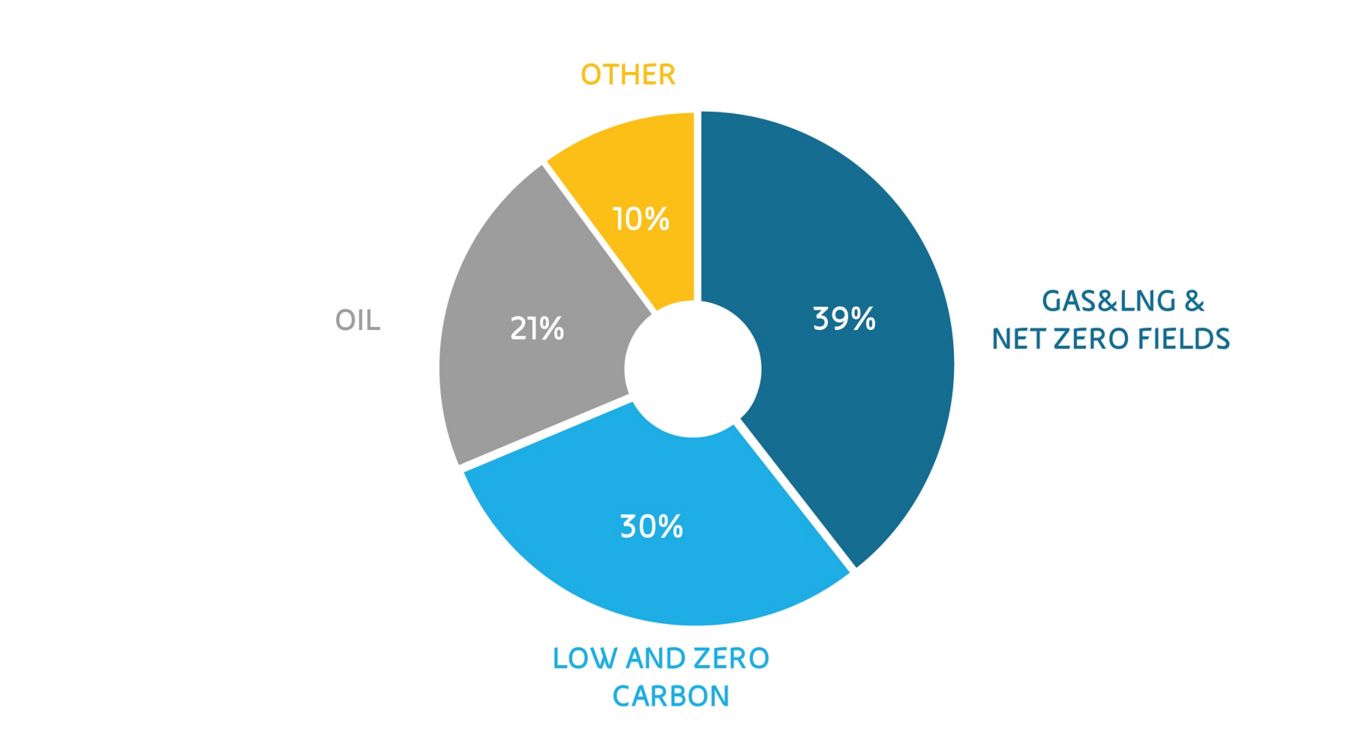
A gradual increase in the share of investment in developing new energy solutions and services to support the transition will sustain the evolution toward a decarbonized product portfolio. Eni plans to allocate more than 30% of its expenditure to low and zero carbon projects in the next four-year period between 2024 and 2027. This expenditure, unlike the EU Taxonomy regulation, also includes interventions made in Joint Ventures, all spending that contributes to emission reduction (e.g. energy efficiency and routine flaring abatement interventions), and the development of the Plenitude customer base. In the medium-to-long-term, the share of expenditure dedicated to Oil & Gas activities will be gradually reduced, with the progressive phase-out of investments in activities and products with a high carbon intensity.
Spending on low & zero carbon 2024-2027 (€ bn)


Risks and opportunities related to climate change
The risk and opportunity management process related to climate change is part of the Integrated Risk Management Model (IRM) that we developed to support the management’s decision-making process by strengthening awareness of the risk profile and related mitigation actions. In parallel, we strive to ensure our operations’ integrity and to responsibly manage socio-economic and environmental impacts in the countries where we are present. Climate change risks are analyzed, assessed, and managed by taking into account the TCFD (Task Force on Climate-related Financial Disclosure) recommendations that refer to both energy transition risks (market scenario, regulatory, legal and technological evolution, and reputational aspects) and physical risks (acute and chronic), through an integrated and cross-cutting approach involving all relevant functions and business lines (NFS).
Towards carbon neutrality
Net Zero: our path to decarbonization
We aim to achieve carbon neutrality by 2050 through a plan with progressive targets involving all sectors.
Eni for 2023. Browse the interactive feature
Discover the sustainability report that brings together our goals, commitments and achievements for a socially just energy transition.






